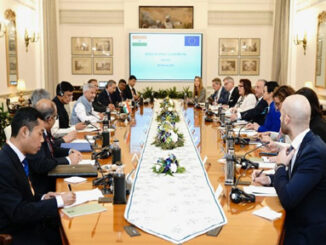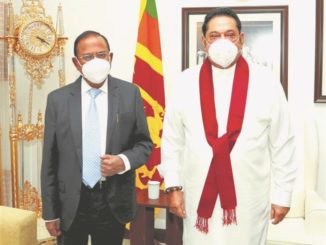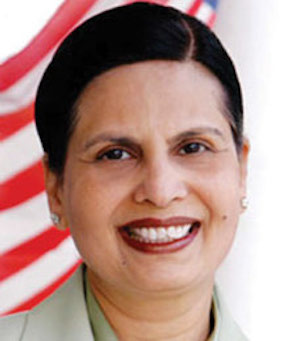
MUMBAI (TIP): On a day when the Reserve Bank of India engineered a 223-paise pullback of the rupee to 66.60, outgoing governor D Subbarao squarely blamed the government for the domestic currency’s travails which he attributed to domestic structural factors. He also said the loose fiscal policy adopted by the government between 2009-2012 had constrained the RBI‘s monetary policy. Subbarao chose his address under the 10th Nani Palkhivala memorial lecture — his last public address — to tear into the government for misreading the economy. He lambasted the finance ministry’s attempts to impinge on the RBI’s autonomy through the Financial Stability and Development Council.
The governor came down strongly on the attempt by certain sectors to attribute volatility to ‘misbehaving markets’ and which he compared with God. Subbarao said that if the RBI had erred at all, it was in not adopting a hawkish stance earlier. “I must admit in all honesty that the economy would have been better served if our monetary tightening had started sooner and had been faster and stronger,” said Subbarao. But even here he indicated that the RBI was hamstrung by the absence of reliable data. “Just as an aside this episode highlights the importance of faster and more reliable economic data for effective monetary policy calibration,” he added. Another regret expressed by the governor was that he chose ‘baby steps’ to hike rates in 2009. “I will probably be remembered as baby-steps Subbarao, but if the RBI had acted more decisively, inflation could have been brought under control much sooner.” Subbarao attacked proponents of the theory that the RBI had no role to play in inflation caused by supply side shocks.
“In a $1500 per capita economy—where food is a large fraction of the expenditure basket— food inflation quickly spills into wage inflation and therefore into core inflation. In rural areas where MGNREGA wages are indexed to inflation such transmission is institutionalized,” he said, adding that MGNREGA had pushed up rural incomes without commensurate increase in productivity. “In 2008 there was enormous pressure on the RBI to emulate central banks in America and the UK, which resorted to quantitative easing to loosen monetary conditions, raise inflation expectations and lower real interest rates. We realize that the strategy was effective in the short term, but the excess liquidity has raised inflation pressures,” said Subbarao. On the attempt to clip the RBI’s wings by restricting its mandate to only monetary policy, he said, “We must ask repeatedly if reducing the mandate of central banks, when everywhere else their mandate is being expanded, is the right way to go.” The governor also said that the government cannot use financial stability as an excuse to override the authority of financial regulators. “The governor must normally leave the responsibility to the regulators, assuming an activist role only in time of crisis.”
FALLING RUPEE POSES CHALLENGES, OPPORTUNITIES FOR INDIA: IMF
The unprecedented slide of rupees poses both challenges and opportunities for India, the International Monetary Fund (IMF) has said. “The current situation presents a challenge, obviously, to the government of India, but also an opportunity for the government to continue in its policy efforts on a variety of fronts,” IMF spokesman Gerry Rice said. “I wouldn’t want to speculate on any support or program needs,” he said when asked on the speculation about India coming to the IMF, possibly selling its gold reserves to the IMF to prop up its currency. “But maybe just stepping back on the situation in India, the combination of large fiscal and current account deficits, high and persistent inflation, sizable unhedged corporate foreign borrowing and reliance on portfolio inflows are longstanding vulnerabilities that have now been elevated as global liquidity conditions tighten, and this clearly has affected market confidence,” Rice said in response to a question.
The US India Business Council (USIBC) president Ron Somers emphasised on taking steps to restore investors’ confidence. “Bold leadership that continues to open India’s economy and which advances reforms will help staunch the rupees’ slide,” Somers said. Lifting FDI caps in Insurance should be the highest priority, while resisting protectionist measures – such as forced manufacturing and backsliding on Intellectual Property protection – is crucial. Demonstrating such leadership will go a long way towards restoring investor sentiment,” Somers said





Be the first to comment